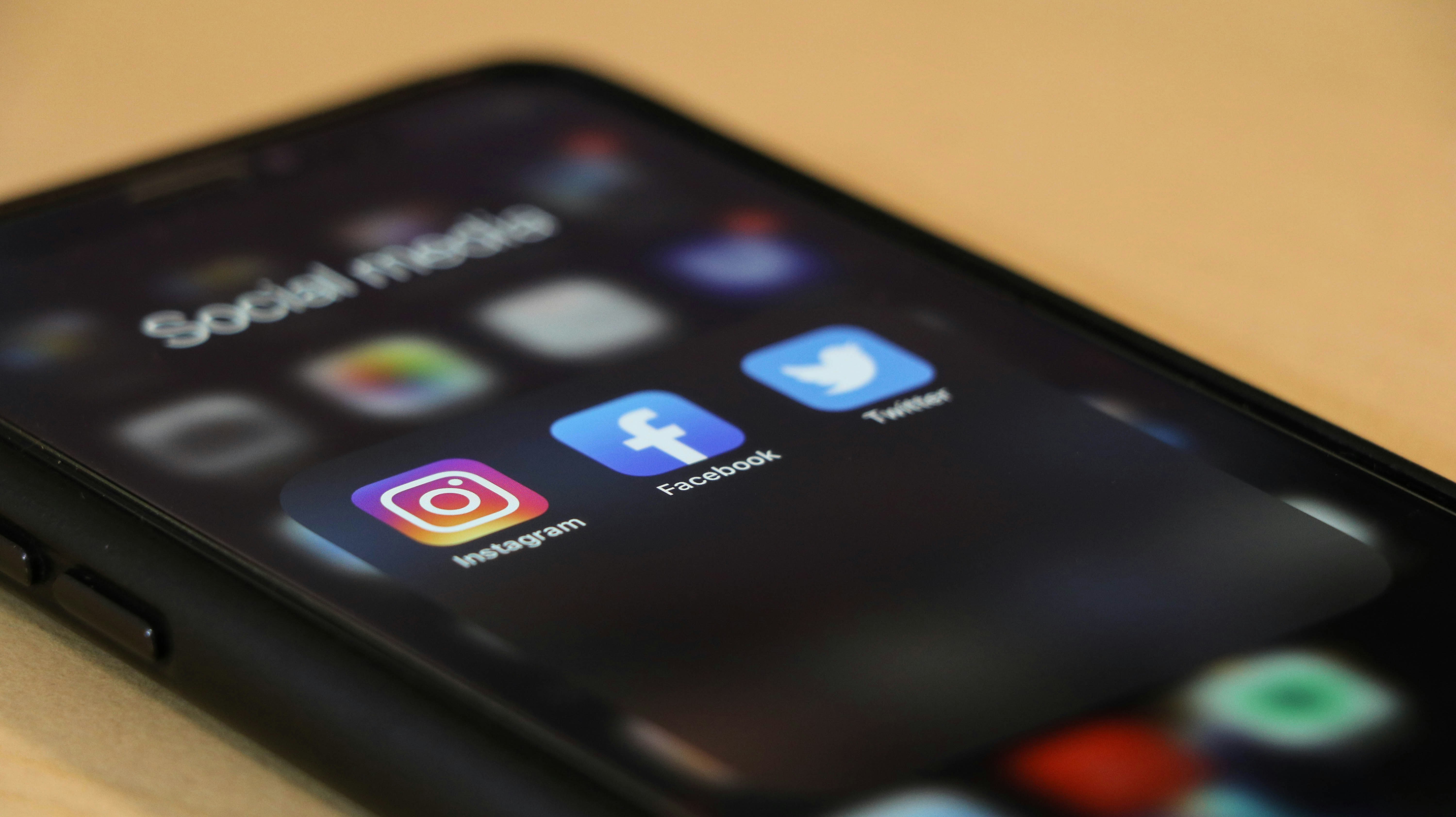Article 28. of the H2020 Model Grant Agreement states that each beneficiary must — up to four years after the end of the project — take measures aiming to ensure ‘exploitation’ of its results (either directly or indirectly, in particular through transfer or licensing).
Tip No 1: You need to work on the exploitation plan in close cooperation with your partners
It is important for meeting the contractual obligations, but also for understanding each partner’s interest in using the project’s results. We would recommend having a face-to-face meeting in the project development phase, during which the Impact section in general, but more concretely the exploitation issues can be discussed over 2-3-hours.
Tip No 2: Answer this question: Who will finally use your results and for what purpose?
Consider the full range of potential users and uses: research, commercial, investment, social, environmental, policy-making, setting standards, skills and educational training, and across the supply and value chain. Ask your identified final beneficiaries about their needs, how and why would they use your results – get your assumptions verified before the submission of the project proposal.
Describe also why your solution is better than the existing ones – make a link with the ‘Progress beyond the state-of-the art’ section (‘Ambition’ in H2020).
Tip No 3: Answer this question: What is going to happen with the results after the END of the EU funding period?
There are many exploitation routes, some have a commercial aspect, some don’t. The below graph shows the major routes for exploitation.
Technical aspects are of course important, but in exploitation you need to make sure that your results are aligned to the needs of the users. It may happen that the actual use of the results is only interesting for your end-users if available openly, freely. In this case besides open access, you may consider finding alternative groups of users, new geographical areas to transfer your innovation to or modifying your technical solution to make it available for other market sectors after the end of the project.

Here is an example of a pathway for applying our tips in practice: Our H2020 CoastObs project will develop a user-relevant service platform for coastal water monitoring with validated products derived from Earth Observation (EO). For exploitation, we analysed which target group would need what data or product, for what reason and how they would use it. Our partners provided input and thus we know that the Earth Observation data we will generate will be relevant e.g. for the local governments in the coastal areas of Spain, because they need better and more detailed information on water quality. The local users were asked by the local partner, so we know that they would like to get access to the data regularly in user-friendly way - through an online system – and for low cost. One of the partners is interested in providing continuously relevant EO data on a discounted market price for the jointly developed online platform that will be maintained on a service-based business model by another partner to whom the others gave access to all necessary IP rights for market exploitation. Low cost was an issue of course but based on other stakeholder discussions we realised that connecting the local governments with other local users who are also interested in applying the EO data, package prices could be developed that the locals share. Win-win.
Tip No 4: Is there any conflict in exploitation?
During the actual writing, make a simple table with the list of results the project will generate, send the table to your partners and ask them to fill in.
|
Partner |
Joint Results |
Results of interest |
Exploitation route |
|
ABC |
Which results is the partner contributing to developing? |
Which results is the partner interested in? |
What is the partner’s plan for using the results? |
By having this table completed for all partners – maybe extended with information on background and even discussing this f2f or online – you will see the individual and joint interests of the partners, and also realise any potential conflicts in terms of IPR or joint ownership.
Final Tip No 5: Self-evaluate your exploitation plan
The independent experts will evaluate the ‘Quality of the proposed measures to Exploit and disseminate the project results (including management of IPR), and to manage research data where relevant.”
So, make sure that you provide them:
- Quantitative indicators with credible justification;
- Specific figures, tailored plans;
- New knowledge/innovation responding to specific end-user/societal needs;
- Specific exploitation routes per partner;
- Specific tasks and structures for exploitation and IPR management;
- Measures to enhance wider uptake of results; and
- Sustainability considerations.
Good luck with your next exploitation plan! If you need further brain-boosting input from us, join us at our next H2020 Proposal Development course – Focus: Impact in June in Budapest.




